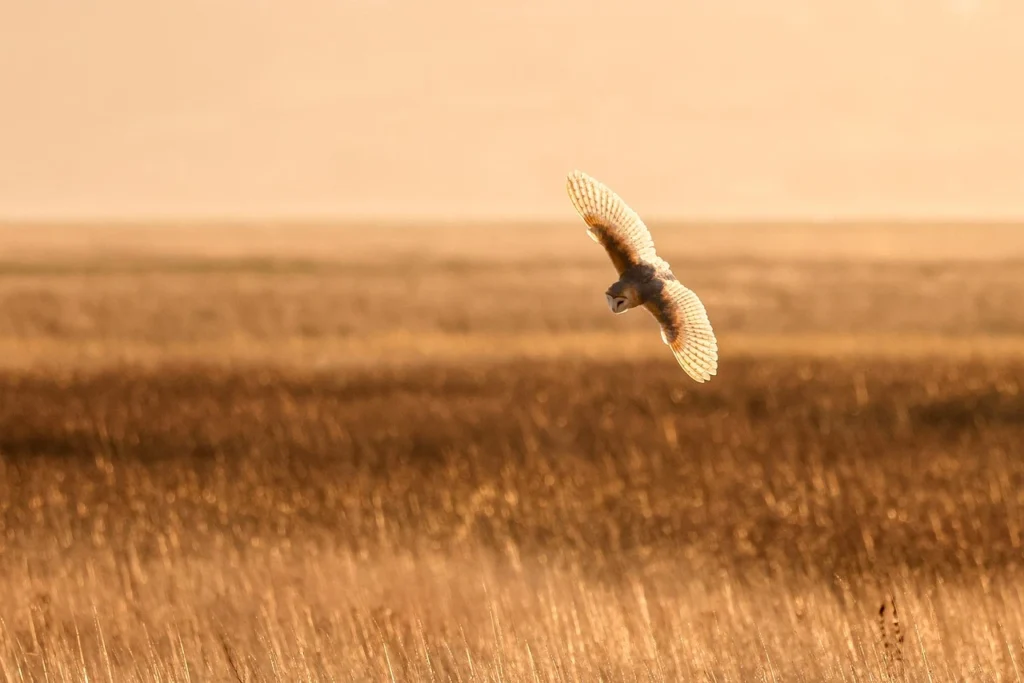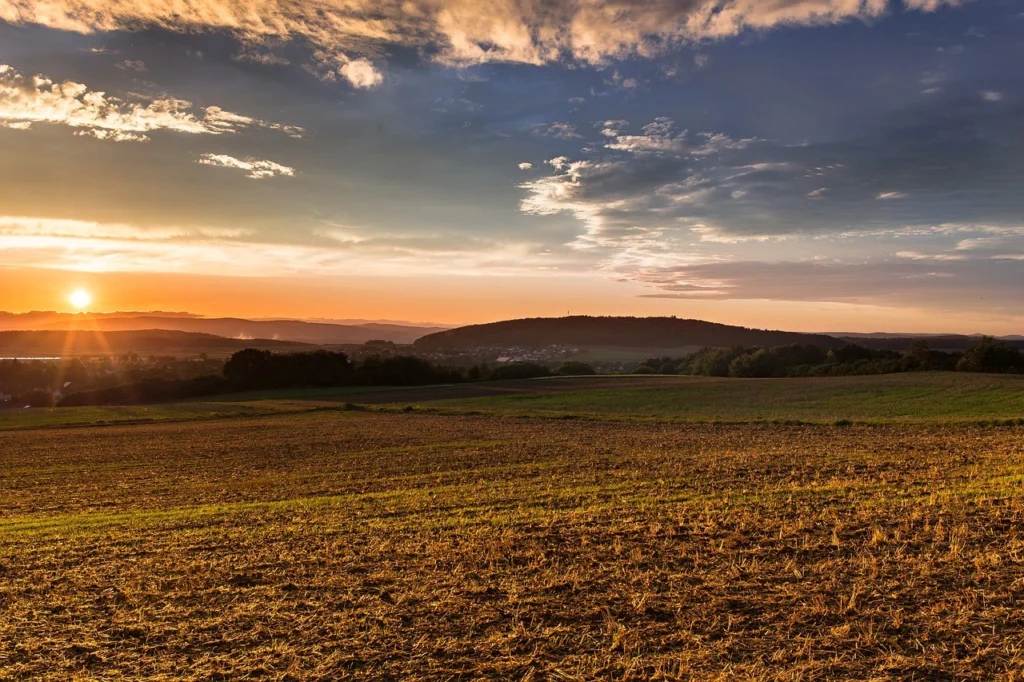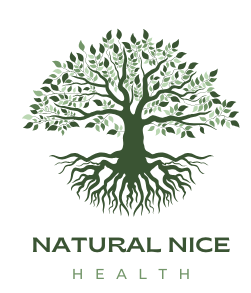finding inspiration in nature 5 Ways Nature Sparks Creativity and Clarity in Your Life
Have you ever felt stuck, like your creative spark has fizzled out? You’re not alone. Many of us believe that creativity is a gift, something you’re born with or without. But what if I told you that creativity is innate, and we all have the capacity to tap into it? The secret to unlocking this potential lies in nature.
Being in nature has a way of clearing our minds and sparking new ideas. The tranquility of a forest, the vastness of an ocean, or the simplicity of a mountain landscape can be a powerful catalyst for creativity. By embracing nature, you can reignite your creative flame and gain clarity in your life.
Table of Contents
The Power of Nature-Human Connection
The connection between humans and nature is a powerful catalyst for sparking creativity. When you immerse yourself in natural environments, you allow your mind to interact with the surroundings in a way that fosters inspiration and mental clarity.
Studies have shown that spending time outdoors can significantly improve your ability to focus and concentrate on tasks. This is largely because natural settings reduce distractions and allow your brain to operate more efficiently.
How Natural Environments Rewire Your Brain
Exposure to nature has been shown to rewire your brain in several beneficial ways. For instance, being in nature exposes your brain to higher levels of oxygen and increases dopamine production, which enhances your ability to focus on ideas and solve problems effectively.
Research indicates that natural environments can alter brain activity patterns, promoting a state of relaxation and reducing stress levels. This neural shift can lead to improved cognitive functioning, including enhanced creativity.
| Aspect | Urban Environment | Natural Environment |
|---|---|---|
| Oxygen Levels | Lower due to pollution | Higher, promoting better brain function |
| Dopamine Production | Less stimulation for dopamine release | Increased dopamine, enhancing focus and creativity |
| Distraction Levels | High levels of distraction | Reduced distractions, improving concentration |
The Attention Restoration Theory Explained
The Attention Restoration Theory (ART) suggests that exposure to natural environments can restore your ability to focus and pay attention. According to ART, urban environments are often filled with stimuli that demand your attention, leading to mental fatigue. In contrast, natural environments are rich in stimuli that gently capture your attention, allowing your brain to recover from the fatigue induced by directed attention.

By understanding how natural environments affect your brain, you can harness the power of nature to enhance your creativity and mental clarity. This knowledge forms the foundation for exploring more specific ways in which nature can inspire and influence your creative endeavors.
Finding Inspiration in Nature Through Mindful Observation
Mindful observation in nature is a powerful tool for reigniting your creative spark and finding new ideas. When you take the time to truly observe the natural world, you open yourself up to a wealth of inspiration. This practice not only fosters creativity but also helps you cultivate a deeper appreciation for the world around you.
Practicing the Art of Slow Observation
Slow observation is about more than just seeing; it’s about truly experiencing the natural world. To practice this art, start by finding a comfortable spot in nature where you can sit and observe without distraction.
Take a deep breath and let your gaze fall upon the surroundings. Notice the colors, textures, and patterns that emerge. Allow yourself to become fully immersed in the moment, letting go of any thoughts or distractions.
Step-by-Step Guide to Mindful Nature Walks
- Begin by setting an intention to stay present during your walk.
- Pay attention to your senses: notice the sounds, smells, and sensations around you.
- Pause frequently to observe details that catch your eye.
- Use all of your senses to fully experience the environment.
Capturing Nature-Inspired Ideas Through Sensory Journaling
Sensory journaling is a powerful way to capture the inspiration you find in nature. By recording your observations and insights, you can reflect on your experiences and identify patterns and themes that emerge.
| Sensory Element | Journaling Prompt | Example |
|---|---|---|
| Sight | Describe a visually striking scene or object. | The vibrant colors of the sunset. |
| Sound | Record the sounds you hear and their effects on you. | The soothing sound of the river. |
| Smell | Note any distinct scents and the memories they evoke. | The earthy smell after rain. |
By combining mindful observation with sensory journaling, you can tap into the creative potential that nature offers. This practice not only helps you find inspiration but also fosters a deeper connection with the natural world.
As you continue to explore creativity through nature, remember that the key is to stay open and receptive to the inspiration that surrounds you. With consistent practice, you’ll find that nature becomes a boundless source of ideas and creativity.
Immersive Natural Experiences for Creative Breakthroughs
To unlock your full creative potential, consider immersing yourself in the natural world. Nature has a profound impact on our well-being and creativity. Being in natural environments can decrease stress levels, improve mood, and enhance cognitive functioning, all of which are crucial for creative thinking.
Research has shown that spending time in nature can have a significant positive effect on both physical and mental health. For instance, studies have found that walking in forests can lower heart rates, improve heart rate variability, and reduce symptoms of anxiety compared to walking in urban environments.
Forest Bathing: Implementing Shinrin-Yoku in Your Routine
Forest bathing, or Shinrin-Yoku, is a traditional Japanese practice that involves immersing oneself in the forest atmosphere. It’s not just a walk in the woods; it’s a mindful and intentional way of experiencing nature. This practice has been shown to reduce cortisol levels, blood pressure, and stress levels while improving mood and cognitive function.
Simple Exercises to Connect with Forest Energy
- Take slow, deliberate walks, paying attention to your surroundings.
- Use all your senses to engage with the environment: listen to the sounds, smell the scents, and touch the textures around you.
- Practice deep, mindful breathing to calm your mind and connect with the natural world.
Water Environments as Catalysts for Mental Clarity
Water environments, such as oceans, lakes, and rivers, have a unique ability to inspire and clarify the mind. The sound of water, the reflection of light on its surface, and the sensation of being near it can be incredibly calming and meditative. Being near water can enhance your creativity by providing a sense of tranquility and reducing mental clutter.
| Environment | Impact on Creativity | Key Benefits |
|---|---|---|
| Forest | Enhances cognitive functioning, reduces stress | Mindfulness, sensory engagement |
| Water | Provides mental clarity, inspires creativity | Calming effect, tranquility |
| Desert/Mountain | Offers perspective shifts, fosters new ideas | Unique landscapes, expansive views |
Desert and Mountain Landscapes for Perspective Shifts
Desert and mountain landscapes offer vast, open spaces that can shift your perspective and broaden your horizons. The stark beauty and unique features of these environments can inspire new ideas and ways of thinking. The solitude and grandeur of these landscapes can help you step back from your daily concerns and view your challenges from a fresh angle.
Bringing Nature’s Influence Indoors for Daily Inspiration
Incorporating natural elements into your daily environment is a powerful way to foster nature-inspired creativity and clarity. By bringing the outdoors in, you can create a space that not only inspires you but also helps you stay focused and motivated.
One of the simplest ways to achieve this is by designing a workspace that reflects the beauty and tranquility of nature.
Designing a Nature-Inspired Creative Workspace
To create a nature-inspired workspace, consider incorporating elements such as:
- Plants known for their air-purifying qualities and aesthetic appeal, like snake plants or peace lilies.
- Natural materials for furniture and decor, such as reclaimed wood or stone.
- Earth-toned color schemes that evoke a sense of calm and connection to the earth.
These elements can help create an environment that feels both calming and stimulating, perfect for sparking creativity.
Using Natural Elements as Creative Prompts
Natural elements can also serve as direct prompts for creativity. For example, the patterns found in nature, like the branching of trees or the flow of rivers, can inspire new ideas and perspectives.
| Natural Element | Creative Prompt | Potential Application |
|---|---|---|
| Leaf Patterns | Inspiration for designs or patterns in art or textiles. | Fashion, interior design, graphic design. |
| River Flow | Ideas for fluid motion or dynamic change. | Animation, storytelling, choreography. |
| Rock Formations | Concepts for structure or texture. | Architecture, sculpture, product design. |
Nature Sounds and Imagery for Focus and Flow
Nature sounds and imagery can significantly enhance your ability to focus and enter a state of flow. Listening to rain or ocean waves can improve concentration, while viewing nature imagery can reduce stress and boost creativity.
By incorporating these elements into your daily routine, you can harness the power of nature to enhance your creative output and overall well-being.
Aligning Your Creative Practice with Nature’s Seasonal Rhythms
By tuning into the seasonal shifts in nature, you can discover new sources of inspiration and clarity for your creative pursuits. Nature’s cycles offer a powerful framework for structuring your creative endeavors, allowing you to tap into the energy of each season. This alignment can help you stay inspired, focused, and productive throughout the year.
Spring and Summer: Harnessing Growth Energy for New Projects
During spring and summer, the natural world is in a state of vibrant growth, offering an ideal backdrop for launching new creative projects. The longer days and warmer temperatures encourage exploration and experimentation. You can harness this energy by:
- Starting new projects that have been on your mind
- Experimenting with new techniques or mediums
- Collaborating with others in outdoor settings
This is a time for embracing abundance and creativity, allowing the lush energy of nature to fuel your imagination.

Fall and Winter: Embracing Reflection and Creative Incubation
As fall and winter bring a slower pace to the natural world, you can mirror this transition by focusing on reflection and incubation in your creative practice. This period is ideal for:
- Reviewing past projects and gathering insights
- Planning future projects and setting realistic goals
- Allowing yourself time for rest and creative rejuvenation
By embracing the quieter energy of these seasons, you can nurture your creative soul and return to your work with renewed vigor.
Developing Seasonal Creative Rituals and Practices
To fully align your creative practice with nature’s seasonal rhythms, consider developing rituals and practices that resonate with each season. This could involve:
- Creating a seasonal vision board to guide your creative endeavors
- Establishing a regular outdoor practice, such as walking or journaling
- Adjusting your workspace to reflect the current season
By integrating nature’s cycles into your creative routine, you can cultivate a more dynamic, inspired, and sustainable creative practice.https://www.health.harvard.edu/
My Personal Journey: Reconnecting with Creativity Through Nature
There was a time when I felt completely blocked creatively. No ideas, no motivation—just mental noise. I tried all the usual tricks: changing routines, reading, journaling… nothing worked. It wasn’t until I began connecting with nature for creativity that something shifted. A simple mindful nature walk in a quiet park changed everything. The sounds of leaves rustling, the rhythm of my breath, the textures beneath my feet—it was like my senses were reawakening, and with them, my imagination.
I began scheduling weekly walks and bringing a notebook to capture whatever came to mind. Sometimes it was just a word or a shape. Other times, a whole idea for a story or design would surface out of nowhere. These moments of creative inspiration from nature felt pure—unforced, and deeply personal. I didn’t just feel more creative—I felt calmer, clearer, and more connected to myself.
Over time, I realized that nature-inspired creativity isn’t a luxury—it’s a necessity for anyone who wants to create with intention. Natural environments and creativity are deeply intertwined. The stillness of a forest, the openness of a mountain trail, even the sound of water nearby—they all act as powerful triggers to reset the mind and unlock fresh ideas.
If you feel like your spark is fading, try stepping outside. Embrace creativity through nature, even for 10 minutes. It’s not about being perfect—it’s about being present. Nature doesn’t force ideas; it invites them. And sometimes, that’s exactly what we need.
Rediscovering Creativity: Finding Inspiration in Nature
In today’s fast-paced, digital-first world, creative burnout is more common than ever. Deadlines, screens, notifications—all of it piles on until even the simplest ideas feel impossible to access. I’ve been there. But what changed everything for me wasn’t another productivity hack. It was something far older and more intuitive: finding inspiration in nature.
There’s something uniquely grounding about walking into a quiet forest or standing in front of the ocean. It’s as if the noise in your head slowly fades, making room for clarity, calm, and—most importantly—nature-inspired creativity. When I first started taking short walks in nearby green spaces, I wasn’t looking for ideas. I was just trying to feel something real again. But the ideas came anyway—unexpected, pure, and full of life.
Nature has a profound impact on our well-being and creativity, and there’s science to back it up. Studies have shown that time spent in natural environments boosts mood, reduces stress hormones, and increases activity in brain regions associated with imagination and insight. In other words, connecting with nature for inspiration doesn’t just feel good—it actually rewires your brain to become more open and creative.
I began to pay attention in new ways. I noticed how the patterns of leaves mirrored my thoughts, how the sound of a flowing stream helped me untangle mental knots, and how soft sunlight through trees evoked forgotten memories that became seeds for stories and art. I wasn’t just visiting nature—I was learning from it. Nature as a source of inspiration became not just a concept, but a practice.
Now, I build nature into my creative routine intentionally. Whether it’s writing outside, bringing natural textures into my workspace, or simply observing the change of seasons, each act is a reminder that finding inspiration in nature is always possible—if we slow down and let it in.
Nature-inspired creativity doesn’t require a grand forest or remote getaway. Sometimes, it’s in the curve of a houseplant leaf, the sound of rain on a window, or the color palette of the evening sky. The magic is everywhere—we just have to learn how to see it.
If you’re feeling blocked, lost, or disconnected from your creative self, I invite you to step outside. Take a breath. Listen. Let nature speak. You might be surprised by what you find—not just around you, but within you.
Conclusion: Nurturing a Lifelong Connection with Nature for Sustained Creativity
Nurturing a lifelong connection with nature is essential for sustaining creativity in your life. By embracing nature as a source of inspiration, you can continually spark new ideas and approaches. Centuries of people writing about the natural world’s impact on creativity suggest there’s something significant to be gained from this connection.
If you’re constantly on a device or in front of a screen, you’re missing out on the real world’s inspirational potential. Connecting with nature for inspiration allows you to tap into its vast creative resources. By doing so, you can foster a deeper sense of imagination and innovation in your personal and professional projects.
By integrating nature into your creative practice, you’re not just enhancing your artistic expression; you’re also cultivating a more balanced and fulfilling lifestyle. Nature as a source of inspiration can guide you toward new perspectives and insights, helping you navigate life’s challenges with clarity and purpose.

